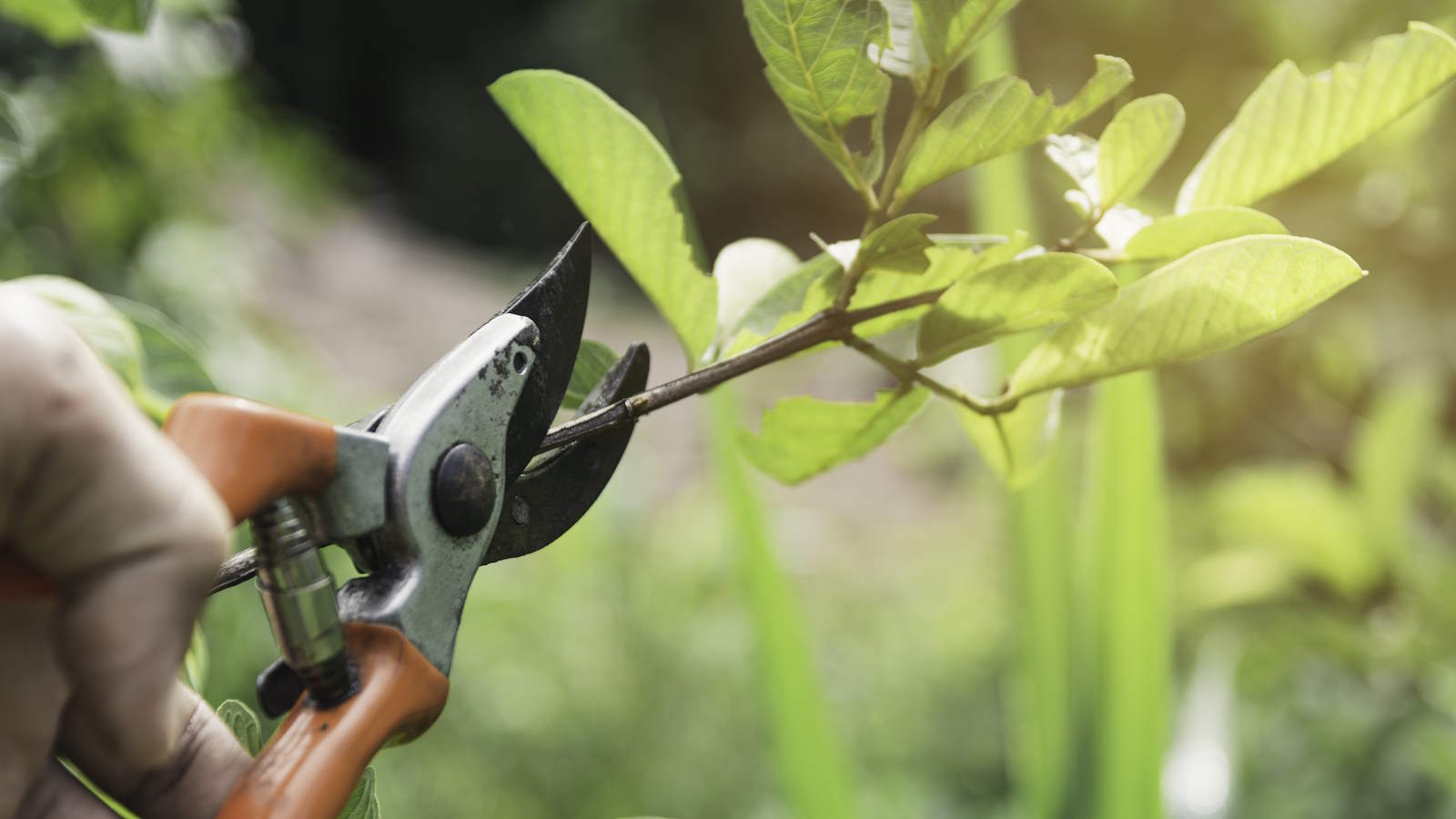
The onset of spring means pruning time has arrived for gardeners. It is a busy time as lots of shrubs and trees need to be trimmed and perennials left over from winter should be cut back.
Just because there are a lot of plants to prune in spring, it does not mean you should go out into the backyard and trim everything. There are spring-flowering shrubs that should not be pruned to preserve blooms and trees whose health can potentially be damaged by being trimmed at this wrong time of year.
To help you avoid making any pruning mistakes, here are some popular shrubs and trees that are common sights in the backyard to hold off from pruning this spring.
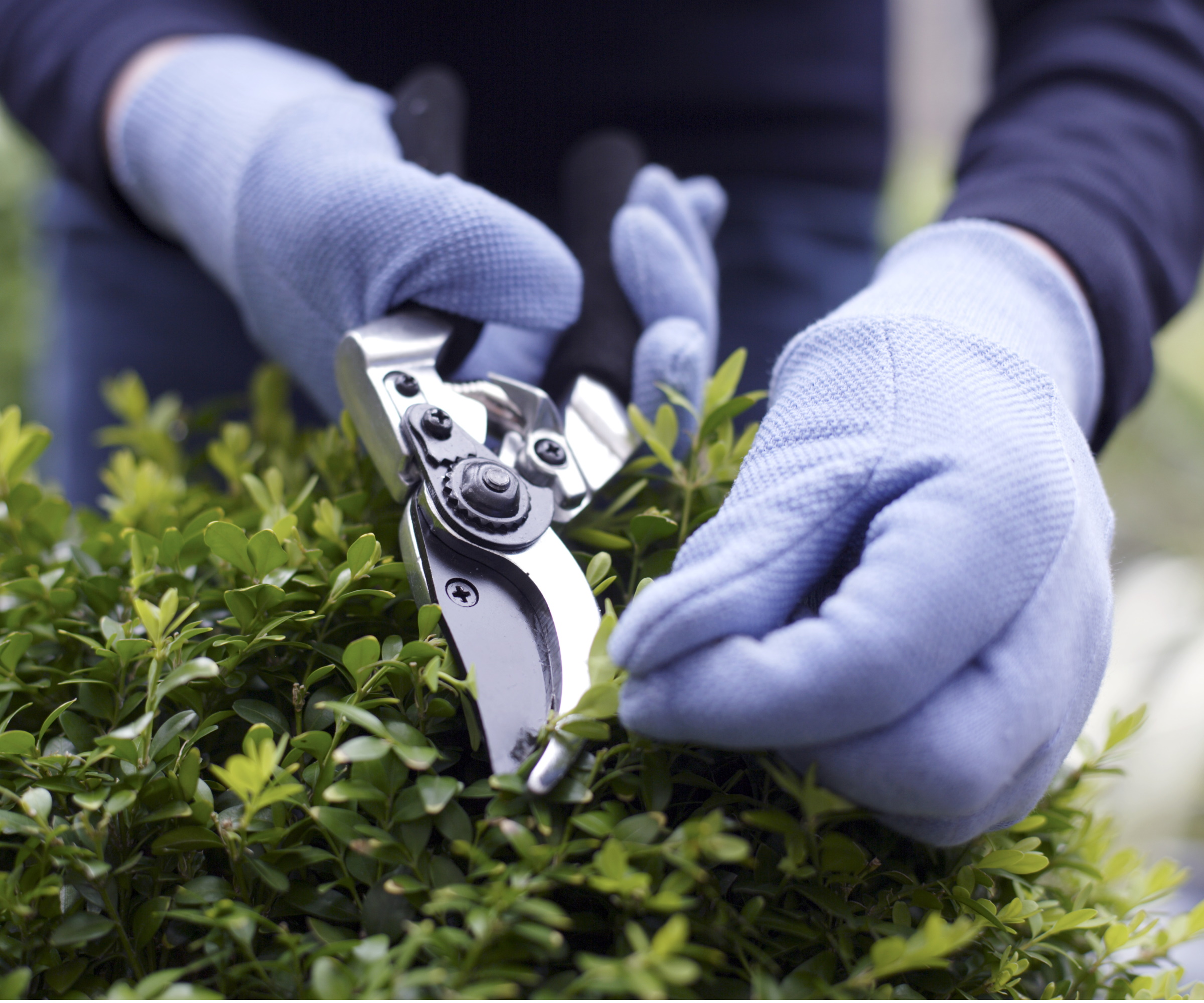
10 plants you should not prune in spring
Your spring gardening checklist will be full of tasks to do, but do not prune the following plants. There are ideal times to prune all of them, though not in early spring when you may trim many shrubs or trees.
1. Lilac
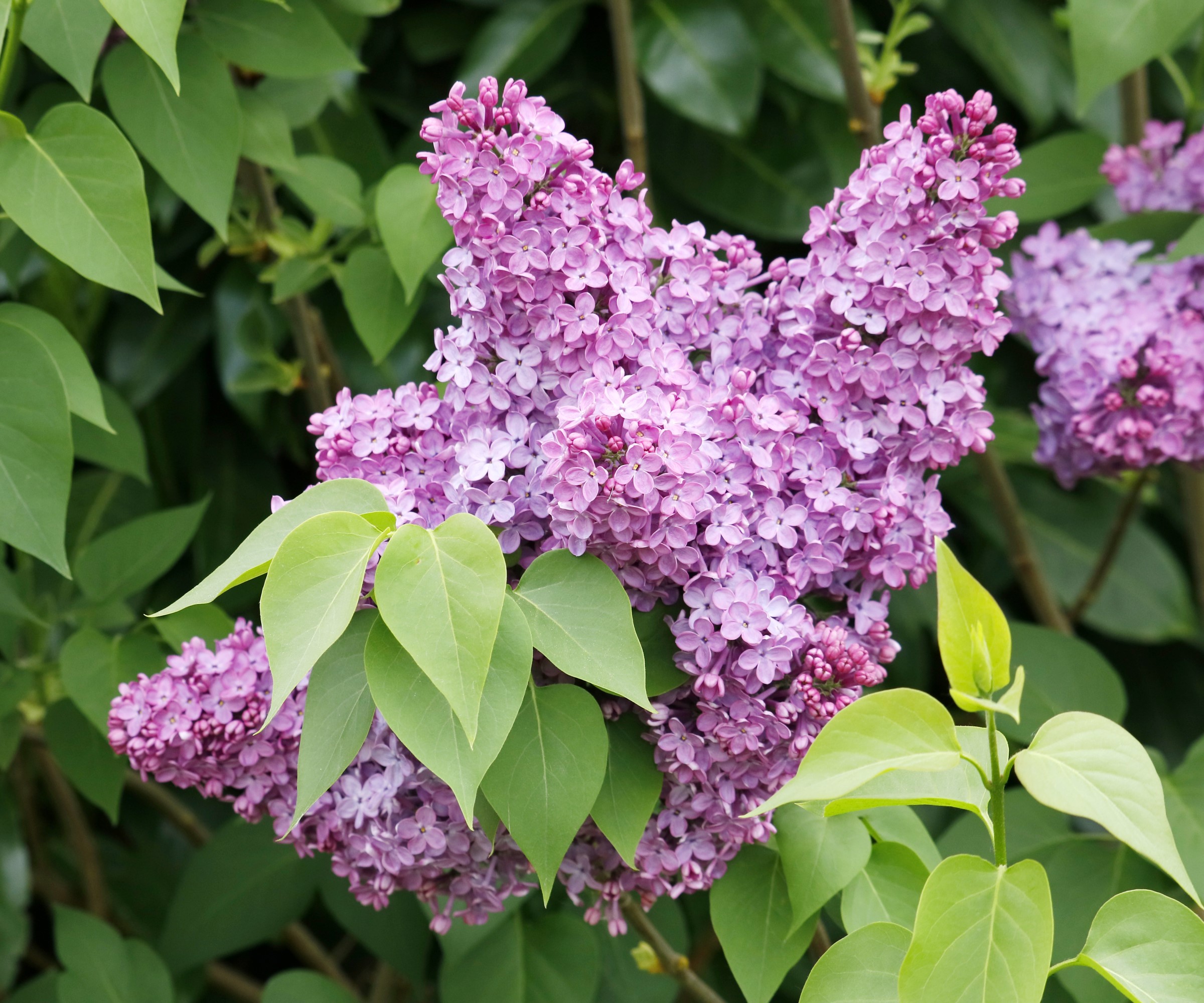
If you are growing lilacs, established plants will benefit from pruning - but not in spring. Knowing when to prune lilacs is important, as taking out the pruning shears at the wrong time can rob you of a whole year of their beautiful scented flowers.
Lilacs bloom annually in spring on old wood and should be pruned after they finish flowering in early summer. Pruning in spring will mean you remove the buds that will carry that year’s flowers, which is a major pruning mistake.
As for how to prune lilac post-flowering, remove the old blooms and dead, diseased, or crossing branches, along with any suckers.
2. Forsythia
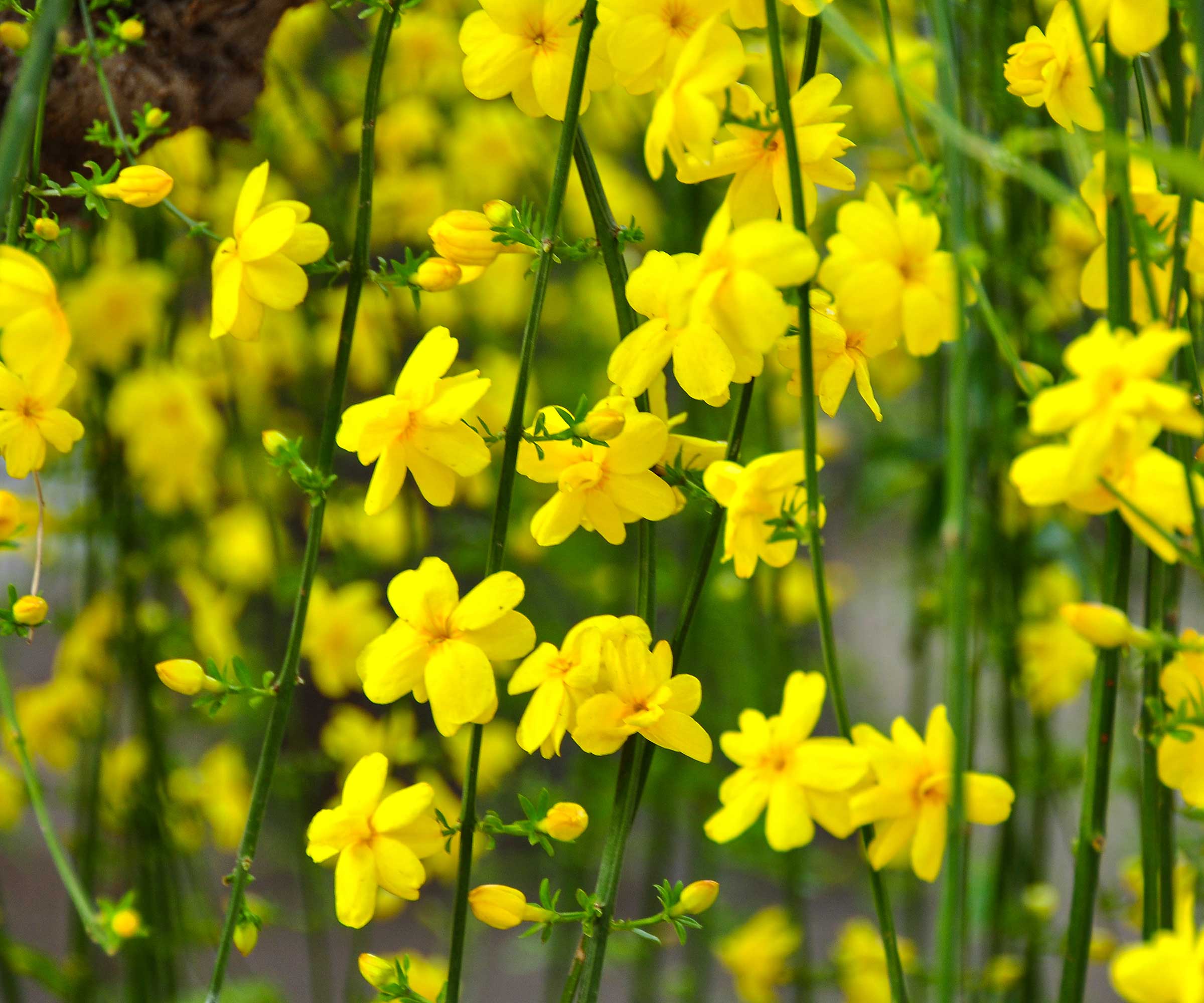
Forsythia is another spring flowering shrub that can be deprived of its early blossom if pruned at the wrong time.
It blooms in spring - between February and April depending on your US hardiness zone - and the right time to prune is after the flowering period ends. Clipping too soon in the spring will, like with lilacs, only mean cutting off that year’s buds.
To prune forsythia, remove a couple of the larger branches and any weaker wood before trimming back the flowering stems by up to a half.
3. Rhododendron
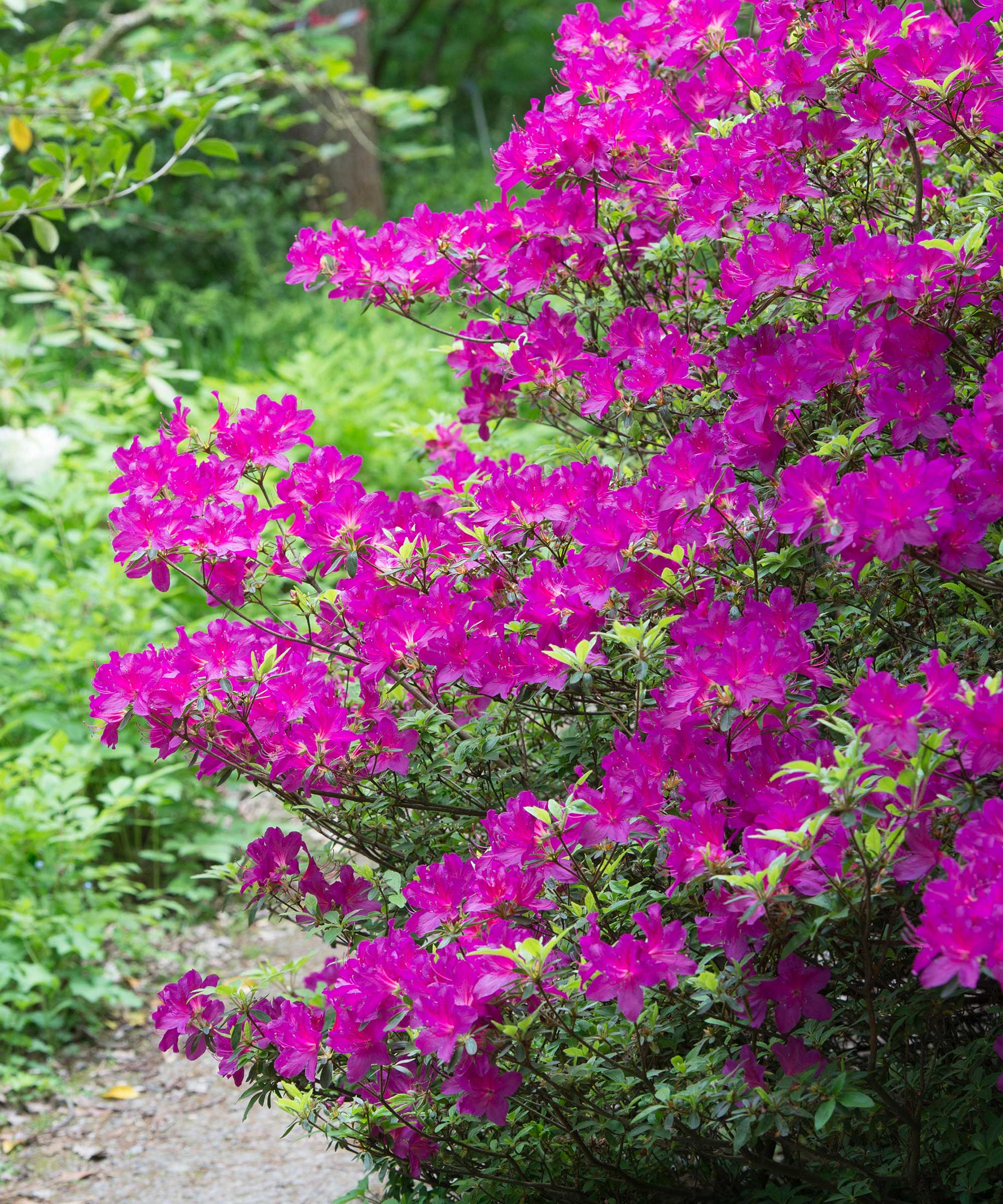
These popular evergreen shrubs are another type of plant that blooms in spring and should not be pruned until after flowering. It makes knowing when to prune rhododendrons an important aspect of caring for the shrubs to ensure you get a display of colorful flowers.
The correct time to trim can be in late spring in some areas or early summer in others. The only reason to prune rhododendrons in late winter or early spring is if you want to rejuvenate an old plant and are not concerned about losing a season’s worth of flowers.
4. Azalea

Azaleas are flowering shrubs very similar to rhododendrons and part of the rhododendron genus. They produce their large flowers in spring on buds that form on growth from the previous year.
Prune azaleas before they flower in spring and you cut off those buds that will carry this year’s blooms.
5. Honeysuckle

Honeysuckles are great climbing plants that don’t need a lot of pruning, but trimming at the wrong time in spring can deprive you of their scented flowers.
The plants flower from summer through to fall on growth produced that season. Pruning in spring once the honeysuckle starts growing means removing wood that will carry that year’s buds and flowers.
The right time to prune honeysuckles is after they have flowered. Prune lightly and remember the one-third pruning rule when trimming, to avoid removing too much.
Honeysuckles only need a light trim annually, they can be hard pruned if required but that will impact the flowering - while regular trimming each year will stop the plant from getting too woody.
6. Philadelphus
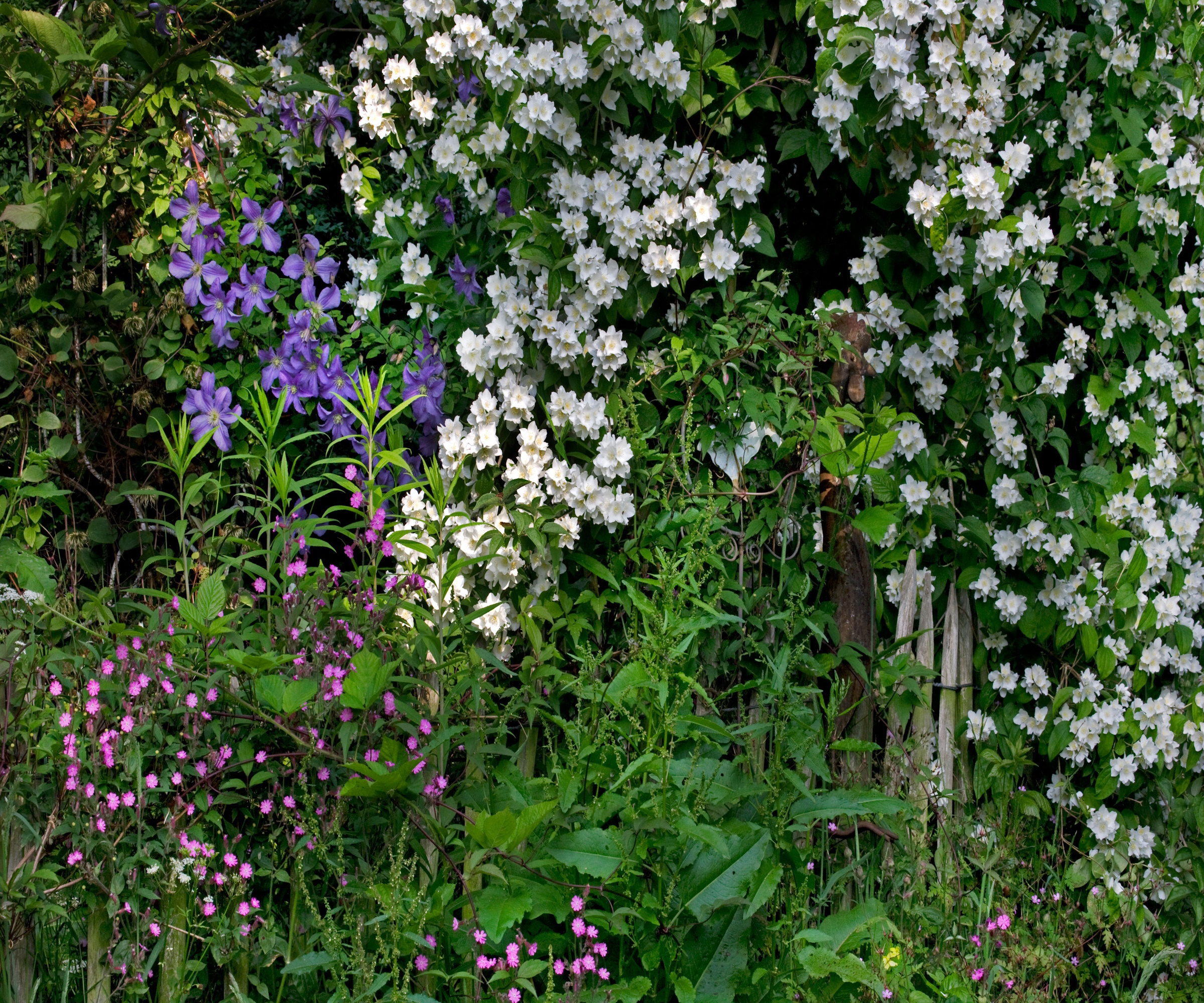
Philadelphus, also known as the mock orange, produce white flowers with a glorious citrus blossom from late spring through early summer. The blooms appear on old produced the previous year, so pruning before flowering in spring will remove the wood carrying the year’s buds and fragrant flowers.
The time to prune philadelphus comes in summer after they have flowered. Trimming quickly after the blooming has ended gives the shrub a lot of time to develop strong growth to carry next year’s blooms.
7. Birch
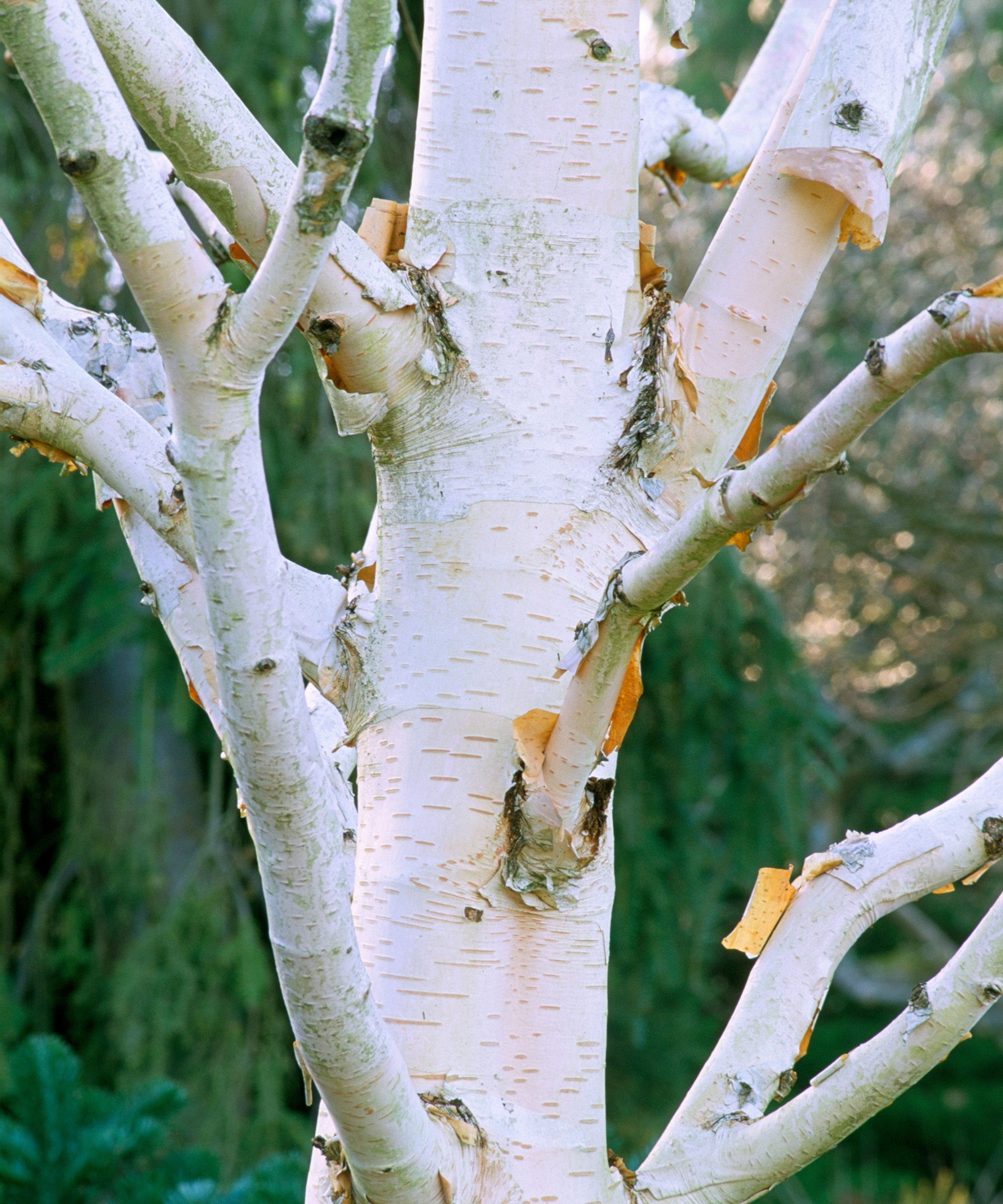
The time to prune trees is commonly when they are about to break their dormancy in late winter or early spring. That is the ideal time to prune tree branches for many different species, but not for birch trees.
Birches, which are popular trees for their white bark, will bleed sap heavily if pruned in spring. Trimming when there is such a risk of sap flowing is a tree pruning mistake that can leave birches increasingly susceptible to pests and diseases. The ideal time to prune birch trees is from late summer through fall.
8. Maple
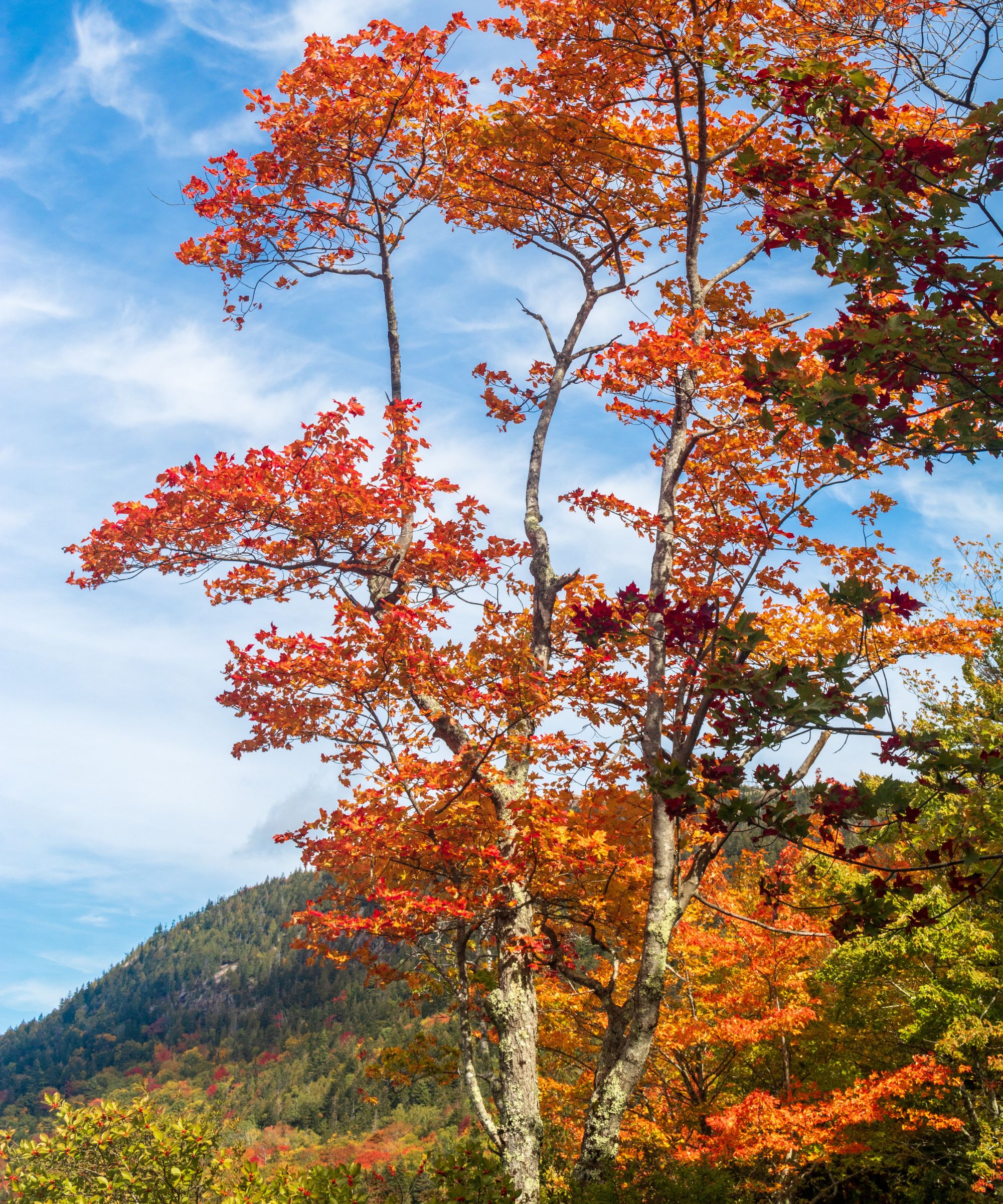
Japanese maples are fantastic trees for fall color, when their vivid foliage comes to the fore. Like birch trees, they bleed a lot of sap if pruned during spring.
The right time to prune Japanese maple trees is at the end of summer to early fall. Prune in spring and the tree will be stressed and weakened due to the sap flowing from pruning cuts.
9. Spring-flowering clematis
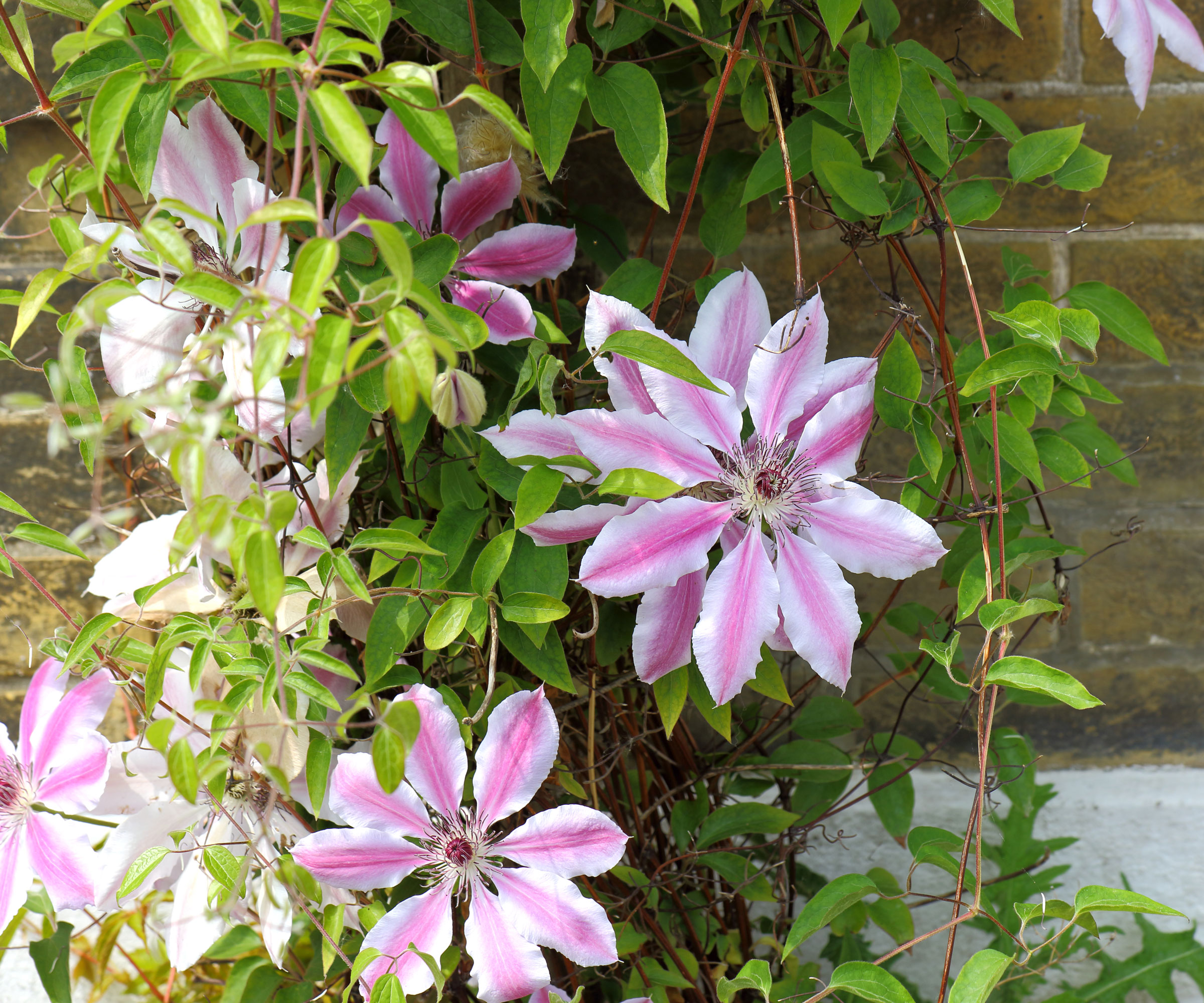
Clematis fall into three groups, and only group 2 and group 3 clematis should be pruned in late winter or early spring. Group 1 clematis are the winter and spring-flowering clematis and you do not want to prune them in spring.
Such clematis rarely need lots of pruning, unless they start to outgrow their space. They flower on wood made the previous year and any trimming needs to take place after they have finished flowering. A gentle trim post-blooming can tidy up the spring-flowering clematis and keep it neat and controlled.
10. Old wood hydrangeas
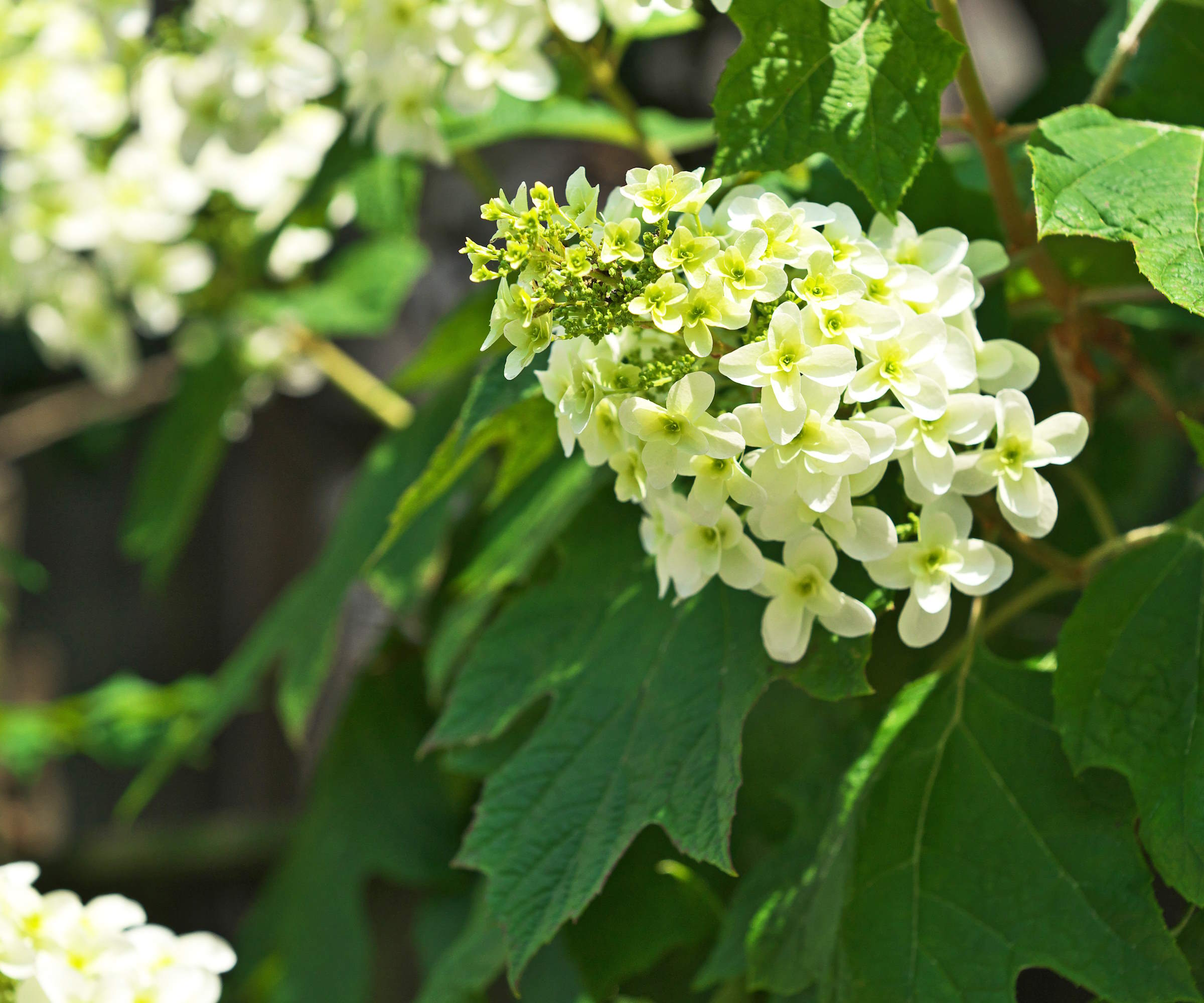
Hydrangea pruning can seem daunting, as certain types require pruning at different times of the year. A major hydrangea pruning mistake would be to treat them all the same, so always know your hydrangeas before planning any trimming.
The key differential is to determine if your hydrangea flowers on new or old wood - that dictates when to prune hydrangeas. The likes of oakleaf, mophead, bigleaf, and climbing hydrangea fall into the old wood category.
These types should not be pruned in spring and want to be trimmed during summer after they have flowered. Prune too early and you destroy the buds.
Essential kit for summer pruning
A pair of quality pruning shears with high quality hardened steel blades, forged aluminium alloy handles, and wire cutting notch. They have comfortable, lightweight, sturdy aluminium alloy handles and are an ideal pruner for light applications.
A pair of hyper tough injection molded no-slip grip multi-purpose gloves for gardening. The gloves have a durable and lightweight shell that allows your hands to breathe and wrap cap fingertips to protect nails.
A gardening hat with a wide brim to keep your face and neck safe from harmful rays. The mesh panels design allows for moisture and heat to easily escape and an adjustable chin strap holds the hat in place on windy days.
FAQs
Should you cut back spirea in the spring?
Spirea is another popular perennial shrub that comes in different types, some flower in spring and others are summer-blooming. The varieties that bloom in summer do so on new wood and are best pruned in late winter or early spring.
The spring-blooming types flower on last season’s wood and want to be pruned after flowering in summer. Pruning these spirea in spring will run the risk of losing the year’s flowers.
There are also fruit trees that should not be pruned in spring. While apples and pears are routinely pruned in late winter or early spring when dormant, stone fruits such as peaches, cherries, and nectarines should be pruned in the summer after fruiting. Pruning stone fruits when dormant leaves them at an increased risk of disease.







